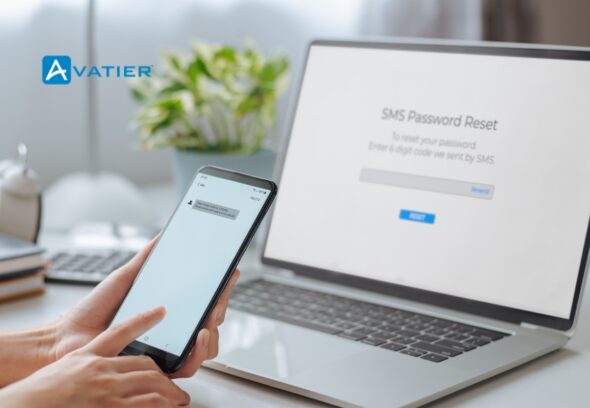We employ passwords to protect our everything online, e-mail accounts, social media accounts and internet banking. But the truth is, passwords are a pain. We don’t remember them, we get locked out of our accounts and the worst part is that they can be hacked easily. Password era is behind us.
Team Password Management
Since several team members use different accounts, there should be a single repository to securely keep and manage the passwords. A password management system does not only improve security but also enhances productivity by removing the necessity for team members to remember and manually enter passwords.
A password management system is also used to produce strong, unique passwords for every account. Weak passwords are among the most common reasons why breaches occur. A password management system allows teams to make sure that all accounts have strong and unique passwords, minimizing the chances of unauthorized access.
In addition, password management system enables teams to conveniently share passwords to authorized members. Rather than transmit passwords via email or other unsafe means, password management system allows team members access of the required passwords in a secure manner. This also prevents the passwords from getting into the wrong hands and improves team security as a whole.
Advantages of Utilizing a Password Management System
The password management system implementation provides a lot of advantages for teams. First, it makes the password management process easier. Centralized systems enable team members to access and modify passwords without the need to remember multiple login credentials. This saves time and the stress of trying to remember the passwords.
A password management system improves security by encouraging strong and unique passwords. Weak passwords are a hacker’s dream, and reusing the same password for all of your accounts is a road to ruin. A password management system allows teams to ensure that each account has a strong and unique password, thus reducing the risk of a security breach.
A password management system gives a password activity audit trail. It implies that the team administrators can monitor who entered what passwords and when. Should a security incident occur, this audit trail would be a treasure trove in finding where the breach started and respond accordingly.
Password Management Policy Implementation
Password management policies should be implemented for the effective application of a password management system in your team. Begin by evaluating your team’s password management, and identifying areas where improvement is necessary. This might involve use of strong passwords, prohibition of password sharing, and introduction of two-factor authentication where applicable.
Then, select a password management system that suits the needs of your team. Many choices are available; some are cloud-based solutions whereas others are self-hosted software. Look into aspects such as the user friendliness, security functionalities and integration options with your current tools and systems.
Having chosen a password management system, you should inform your team about the policy and train them to use the system correctly. It is crucial to highlight the advantages of the password management system and deal with any objections or resistance of the team. You should not forget that changes are hard, however, with the right attitude and support, your team will soon see the benefits of passwordless authentication.
Training Your Staff in Password Management
Teaching your team on password management is a key to a successful password management system implementation. Begin by teaching them about the necessity of strong, distinct passwords and what weak passwords entail. Stress the importance of password variety and the possible outcomes of using the same password on several accounts.
Secondly, give practical training on how to use the password management system. Illustrate password creation, setup, password sharing and system access from different devices. Let the team members ask questions and clear out all the concerns.
To make password management best practices stick, think about organizing refresher trainings on a regular basis. This will enable your team to be aware of the current security practices and make the most out of the password management system.
Password Management Integration with Identity Management Solutions
For enhanced security and simplified resource access, integrate your password management system with identity management solutions. Identity management provides you with a single point for user authentication and access control, simplifying the management of user identities across multiple systems and applications.
Integration of the password management with the identity management provides the team members with an access to the information they need without any security risk. This linkage provides single sign-on functionalities which eliminate the need for the user to remember many logins.
Further, the combination of password management with identity management improves user access management. It is simple to remove access to resources when team members leave the company or change roles, thereby reducing the possibility of unauthorized access.
Conclusion
Passwords have been the standard method of protecting our online accounts, but they have their issues. Weak passwords, forgotten credentials – passwords are the problem of both individuals and teams. The future lies in accepting passwordless authentication. Using a password management system, training your team on password management best practices, and integrating with identity management solutions, you will forget about passwords and gain security and productivity benefits.
So why wait? Take advantage of our free trial and move towards a passwordless future.




